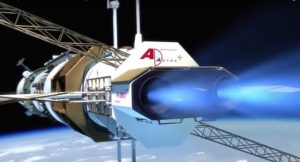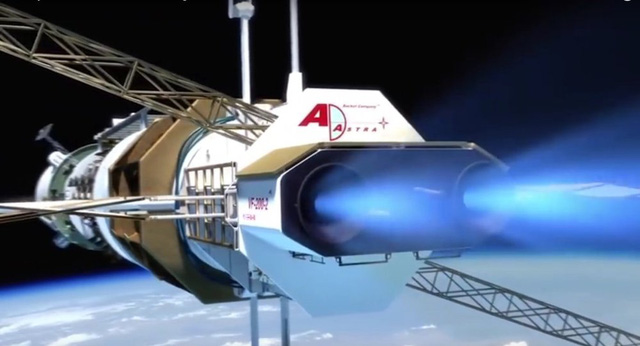Indian Space Research Organisation (ISRO) has been working on a new propulsion system known as the Electric Propulsion (EP) system that is set to usher in a new era of cost effective satellite launches.
More Details about Electric Propulsion (EP) system:
The Electric Propulsion (EP) system converts solar energy into electrical energy which, in turn, is used to change the velocity of a satellite in space.
- This technology was first used as a technology demonstrator in GSAT-9 or theSouth Asia Satellite launched on May 5, 2017.
- Dr K Sivan, Director of Thiruvananthapuram-basedVikram Sarabhai Space Centre said, the EP system, is currently being used by NASA and Russian Space Agency.
- He added that EP system has the capability to eventually lower the cost of launches and can also be used for deep-space and interplanetary missions
Electric Propulsion (EP) system as a supplement to Chemical Propellant:
Currently, a 2000-kg INSAT/GSAT-class communication satellite typically carries 800-1000kg of chemical propellant which is required for transferring the communication satellite from the geosynchronous transfer orbit (where it is placed by a rocket) to the  geostationary orbit (36,000km away from the earth). The chemical propellant also helps in orbit correction and maintaining a satellite on its path for its life duration of 10-12 years.
geostationary orbit (36,000km away from the earth). The chemical propellant also helps in orbit correction and maintaining a satellite on its path for its life duration of 10-12 years.
- By adopting EP system the quantity of chemical propellant required is reduced to 100-200kg as the correction of orbit of the spacecraft is done through EP system.
- The need for lesser chemical propellant creates a scope for carrying a heavier payload to space.
Quick Facts about ISRO:
ISRO is the space agency of Government of India, formed with a vision to harness space technology for national development
- Formation Year: 1969
- Founded by: Vikram Sarabhai
- Headquarters: Bengaluru, Karnataka
- Current Chairman: A S Kiran Kumar





